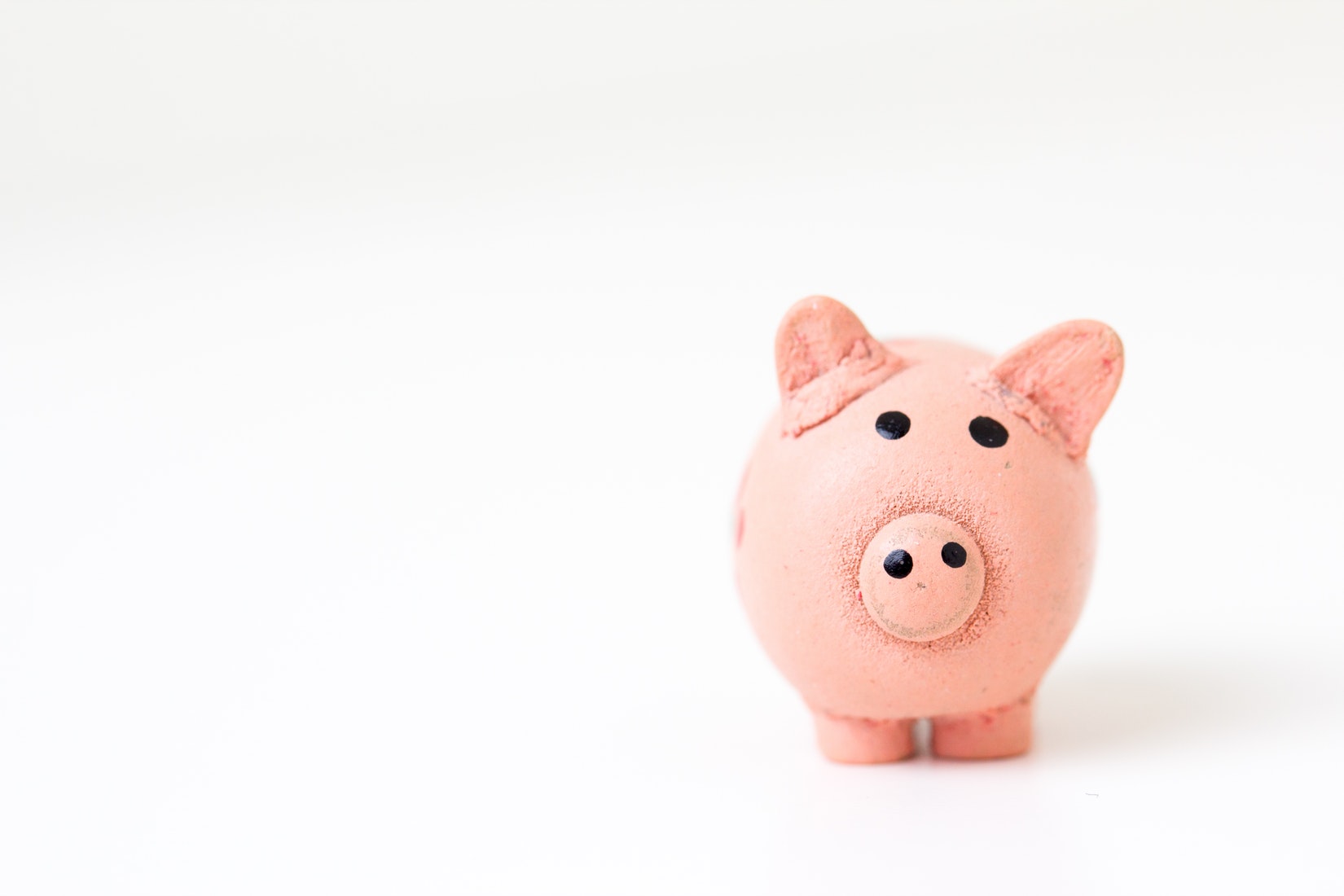A typical product invention business case, which is what we like to call what we are doing with developing products and helping inventors develop products, is really centered around two major things.
First, what is the pain the invention will solve, and second, how do we identify how much the pain is costing the consumer who will use the product? The key with the best product business cases out there is finding the best product to solve the pain point or, when you’re inventing a product, creating the best solution.
First Issue: Identifying Pain Points
In developing the best business case, obviously we want to identify what the pain is and how much that pain is costing the consumer because, then, we can make sure that our product has the benefits and the return on investment, or ROI, for the consumer. This way, we can make sure that that we are solving that problem in the best way possible. Otherwise, you’re just developing a product to compete with a product that’s already in the market. You’ll be competing with a product that’s well established. If we don’t help the inventor figure out what the pain points are and what we need solved, it’s probably not going to be a good invention business case.
The first thing we want to talk with an inventor about and make sure that they understand about their invention is that if they haven’t truly identified the pain of the current consumer, they’re going to leave something on the table. Meaning, they’re not going to charge enough for it, or they’re going to design the product around a false sense of actually meeting the customer’s needs.
Second Issue: Identifying Costs
In order to identify costs, we have to look at how current problems are meeting the pain points. People do not change the way they’re doing what they’re doing until the way they’re doing it is so painful that they are forced to make the decision to go a different direction. When they come to that decision, you want your product to be clear and visibly the best solution.
We may be able to design something that costs ten dollars but, if we can truly understand the cost and what people would be willing to pay, that really set sets the value of what we’re designing. The better goal is to be able to build it for ten and sell it for a hundred, rather than make it for ten and try to sell for twenty.
We have to think about things like putting a value on customer pain points, and then determine if we can solve them, what would they be willing to pay for the product. If we don’t, we’re going to leave profit margins on the table and we’re going to leave benefits and features on the table. Benefits and features increase the ROI of your invention, so we definitely don’t want to keep them out of the final product.
Pain points and costs are the main key pieces we want to understand in developing the invention business case. You’ve got to understand what’s currently available and, with your design, you want to make sure that you can meet those needs at a cost the consumer is willing to pay while making as much profit as possible.
At Alotech, we partner with you to find creative ways to help you navigate the manufacturing world. Because we work with inventors with a range of products and needs, we have the resources and knowledge to help you be successful. Contact us today by calling 919-842-3599, or visit our contact page and fill out the form.

